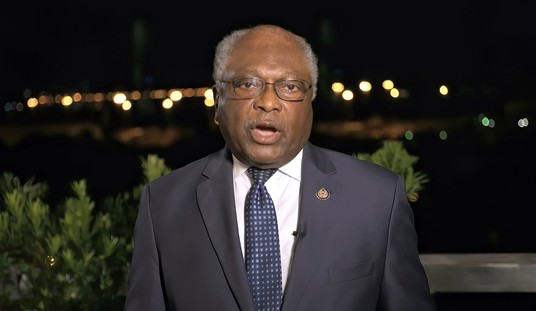In "Myths, Lies and Downright Stupidity," I bet my readers $1,000 that they couldn't name one thing that government does better than the private sector.
I am yet to pay.
Free enterprise does everything better.
Why? Because if private companies don't do things efficiently, they lose money and die. Unlike government, they cannot compel payment through the power to tax.
Even when a private company operates a public facility under contract to government, it must perform. If it doesn't, it will be "fired" -- its contract won't be renewed. Government is never fired.
Contracting out to private enterprise isn't the same thing as letting fully competitive free markets operate, but it still works better than government.
Roads are one example. Politicians call road management a "public good" that "government must control." Nonsense.
In 1995, a private road company added two lanes in the middle of California Highway 91, right where the median strip used to be. It then used "congestion pricing" to let some drivers pay to speed past rush-hour traffic. Using the principles of supply and demand, road operators charge higher tolls at times of day when demand is high. That encourages those who are most in a hurry to pay for what they need. It was the first time anywhere in the world that congestion pricing was used. Bureaucrats were skeptical. Now congestion pricing is a hot idea for both private and public road management systems.
Likewise, for years there was a gap in the ring road surrounding Paris that created huge traffic problems. Then private developers made an unsolicited proposal to build a $2 billion toll tunnel in exchange for a 70-year lease to run it. They built a double-decker tunnel that fits six lanes of traffic in the space usually required for just two. The tunnel's profit-seeking owners have an incentive to keep traffic moving. They collect tolls based on congestion pricing, and tolls are collected electronically, so cars don't have to stop. The tunnel operators clear accidents quickly. Most are detected within 10 seconds -- thanks to 350 cameras inside the tunnel. The private road has cut a 45-minute trip to 10 minutes.
Recommended
Indiana used to lose money on its toll road. Then Gov. Mitch Daniels leased it to private developers. Now it makes a profit. The new owners spent $40 million on electronic tolling. That's saved them 55 percent on toll collection. They saved $20 per mile by switching to a better de-icing fluid. They bought a new fleet of computerized snowplows that clear roads using less salt. Drivers win, and taxpayers win.
It also turns out that government roads often run more smoothly when drivers have more, not less, freedom.
This sounds paradoxical. Politicians often sneer at libertarians, saying, "You want to get rid of traffic lights?!" Well, yes, actually. In some cases, traffic moves better and more safely when government removes traffic lights, stop signs, even curbs.
It's Friedrich Hayek's "spontaneous" order in action: Instead of sitting at a mechanized light waiting to be told when to go, drivers meet in an intersection and negotiate their way through by making eye contact and gesturing. The secret is that drivers must pay attention to their surroundings -- to pedestrians and other cars -- rather than just to signs and signals. It demonstrates the "Peltzman Effect" (named after retired University of Chicago economist Sam Peltzman): People tend to behave more recklessly when their sense of safety is increased. By removing signs, lights and barriers, drivers feel less safe, so they drive more carefully. They pay more attention.
In Drachten, Holland, lights and signs were removed from an intersection handling about 30,000 cars a day. Average waiting times dropped from 50 seconds to less than 30 seconds. Accidents dropped from an average of eight per year to just one.
On Kensington High Street in London, after pedestrian railing and other traffic markers were removed, accidents dropped by 44 percent.
"What these signs are doing is treating the driver as if they were an idiot," says traffic architect Ben Hamilton-Baillie. "If you do so, drivers exhibit no intelligence."
Once again, freedom and responsibility triumph.

























Join the conversation as a VIP Member